Poultry Water Treatment [Download this white paper as PDF file]
Over the past decade, meat consumption increased significantly, worldwide. This was mainly driven by the poultry meat sector, which represents two-thirds of the additional meat consumed. Nowadays, the breeding of poultry is a huge market: in 2021 about 100 million tons of chicken meat were produced worldwide, and in 2022 a slight increase is expected. A similar trend was observed in Europe, as represented in the figure below. After the USA, which in 2021 produced 20.4 million tons of chicken meat, the other largest producers are Brazil and China, with 14.5 and 14.7 million tons respectively.
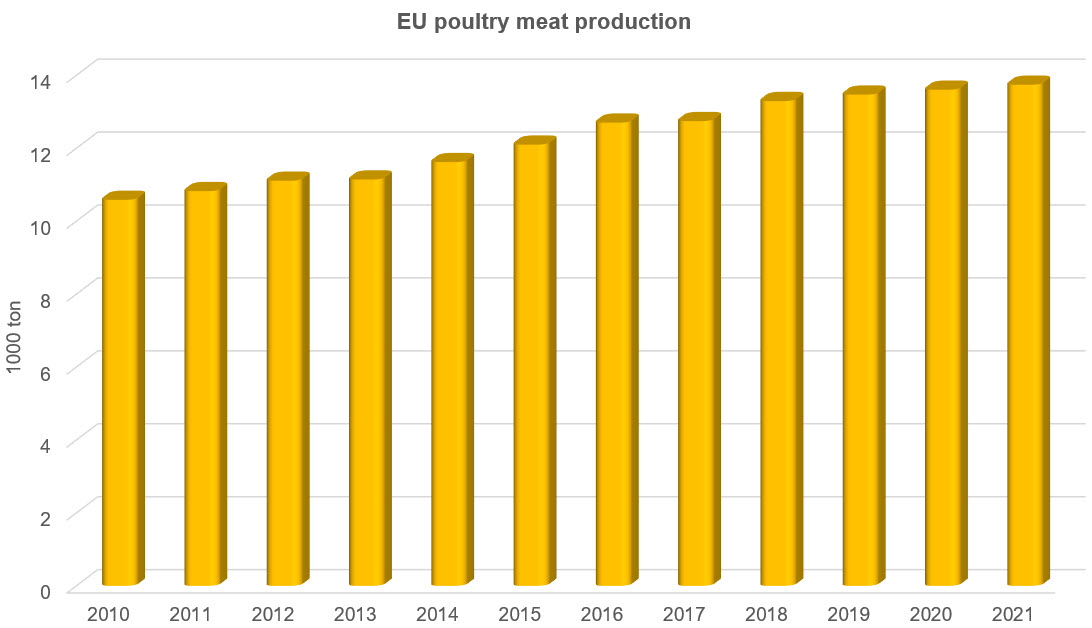
In Europe, the first producer is Poland (20% of total European production) followed by Spain, France, Germany and Italy, as shown in the figure below. Egg production is equally relevant for poultry breeding: between 2000 and 2015, the world egg production increased of about 39%, reaching 1338 bilion eggs consumed per year.
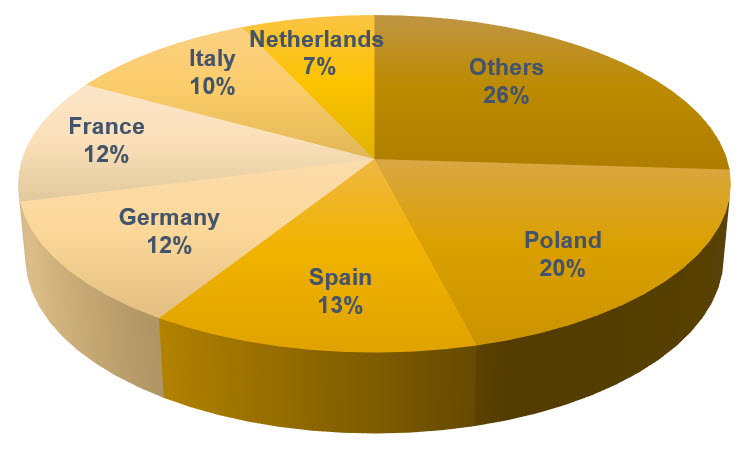
In industrialized countries, every year 30% of the population is affected by diseases transmitted by food. Just in Italy, the estimates are 300 000 cases per year but the statistics underestimate the real incidence of these diseases (World Health Organization, report data 2008). In order to protect public health, the food authorities put a huge effort in reducing these human infections caused by different microorganisms. Food safety management is implemented through the adoption of preventive measures aimed at minimizing, as far as possible, contamination and development of pathogenic microorganisms at every stage of the food chain. These methodologies are collected in general food safety management systems - the most common are the Hazard Analysis and Critical Control Points (HACCP) and the Good Hygiene Practices (GHPs). Food safety is only guaranteed if these measures are applied in every phase of the production process: breeding, transport, processing, distribution, sale and last but not least the preparation for consumption. Indeed, since it takes several steps to bring food from farm to fork, the contamination with zoonotic agents can occur at any point in the process.
The focus of this document is on poultry breeding, with particular attention to bacterial contamination, how to prevent and manage them. In poultry farms, the presence of bacteria is ubiquitous and this can cause the growth of unhealthy animals with impact on human health. Indeed, there are infectious disease, known as "zoonotic diseases", that can be transmitted between animals and humans.
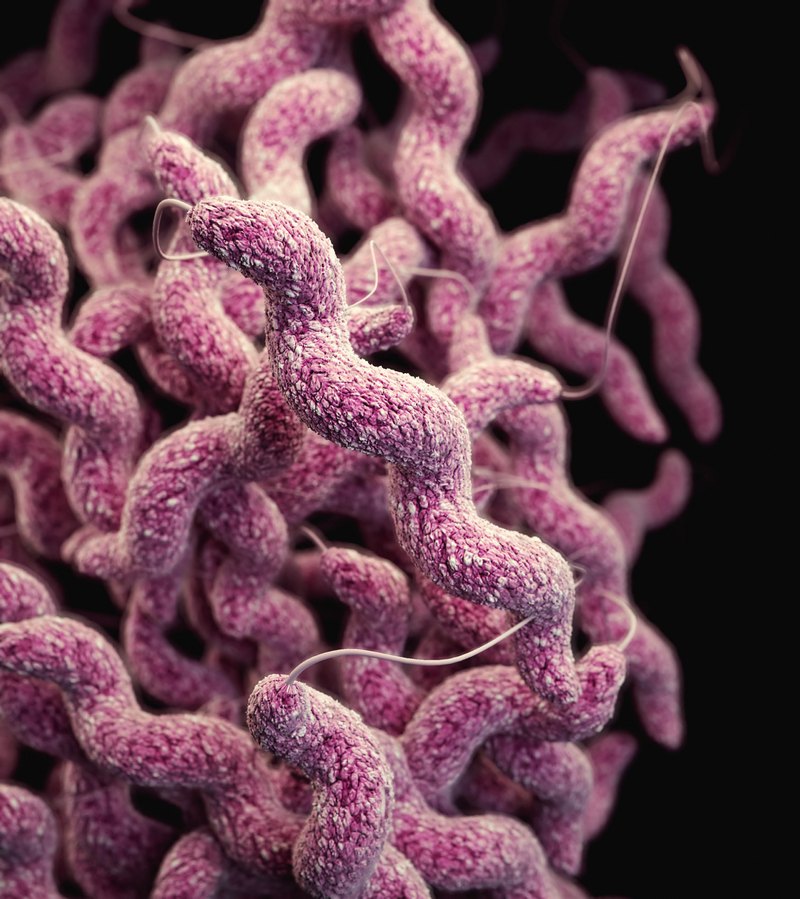
Among zoonotic diseases, Campylobacteriosis, for example, is one of the most common bacterial gastrointestinal diseases in the world, caused by Campylobacter, a spiral-shaped bacterium (see Fig. on the right). This infection can be transmitted to humans through the consumption of contaminated raw or undercooked chicken meat. Compared with other foodborne pathogens, Campylobacter is environmentally sensitive and susceptible to certain conditions (temperature higher than 45℃C,alkaline pH, more oxygen than atmospheric oxygen concentrations). Nevertheless, in avian livestock Campylobacter finds very good conditions for growth. It is estimated that Campylobacter affects over 2.4 million persons every year worldwide, with an increase in the last 10 years. Although it is rarely lethal, it has been estimated that globally Campylobacter causes more than 120 deaths each year. It is evident that Campylobacteriosis represents a public health problem with a considerable socio-economic impact that must be addressed. Data reported by the European Food Safety Authority detected the presence of this pathogen in about 38% of fresh broiler meat samples analyzed. Similarly, the Foodborne Diseases Active Surveillance Network (FoodNet) of the Centers for Disease Control and Prevention (CDC) found that 40% of US poultry products were contaminated with Campylobacter, and 10% of these strains were ciprofloxacin resistant. Antimicrobial resistance (AMR) is a growing threat for human and animal health, lessening the ability to treat bacterial infections and furthering the risk associated with morbidity and mortality caused by resistant bacteria. Ensuring the effectiveness of antimicrobials to treat bacterial infections remains a pressing global health issue. Indeed, the National Institute of Food and Agriculture (NIFA) has recently invested a large amount of resources to mitigate antimicrobial resistance across the food chain.
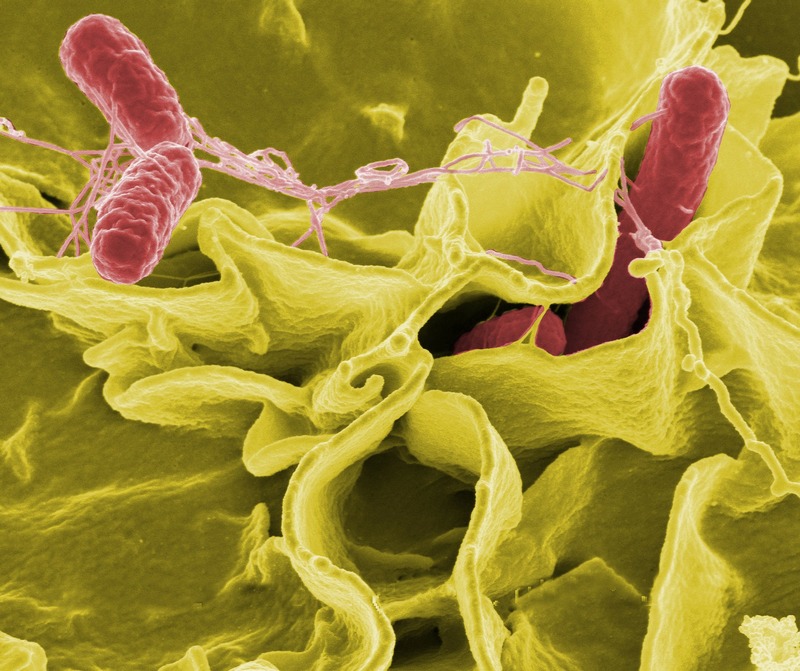
The same attention must be paid to Salmonella, a gram-negative, rod-shaped bacterium (see Fig. on the right) that can pass from the feces of animals to other animals. The main vehicles of transmission to humans are represented by an incorrect handling and consumption of contaminated raw meat and eggs. So the control of Salmonella in animal feedstuff and water, is crucial to protect the entire human food chain, because this contamination can travel from the living animals to the final consumers. To reduce Salmonella in animal feedstuffs, thermal and chemical treatments are usually applied during feed manufacture and storage, but unfortunately this does not ensure the complete elimination of the pathogen. Recently, the USDA (U.S. Department of Agriculture's) Food Safety and Inspection Service (FSIS) declared Salmonella an adulterant in breaded and stuffed raw chicken products. The suggested limit, that should significantly reduce the risk of illness from consuming these products, is at 1 colony forming unit (CFU) of Salmonella per gram for these products. Salmonella, indeed, is the most common bacterial agent in foodborne infections - with 126 deaths in 2015 just in EU - and poultry-related products are responsible for most human infections. A major problem related to this pathogen is that Salmonella normally causes asymptomatic intestinal infections in birds over 2 months, facilitating the spread of this pathogen among focks.
Water quality in poultry
Water consumption in a poultry farm is very high, because water is needed for reducing air temperature (including evaporative cooling pad and fogging systems), for facility sanitation and obviously also for bird consumption. It is estimated that broilers consume approximately 1.6 to 2.0 times as much water as feed on a weight basis. The water used in the farms can have different sources, the most common are tap, underground and surface water. There are some critical points where water contamination is more likely to occur, such as the recirculated water used to wash the carcasses, called "red water", or the water in the "scalder" - a tank where birds are dipped into hot water. Other critical points are the chiller and, of course, the drinking water system (DWS), composed by many branched pipes and hundreds of nipples.
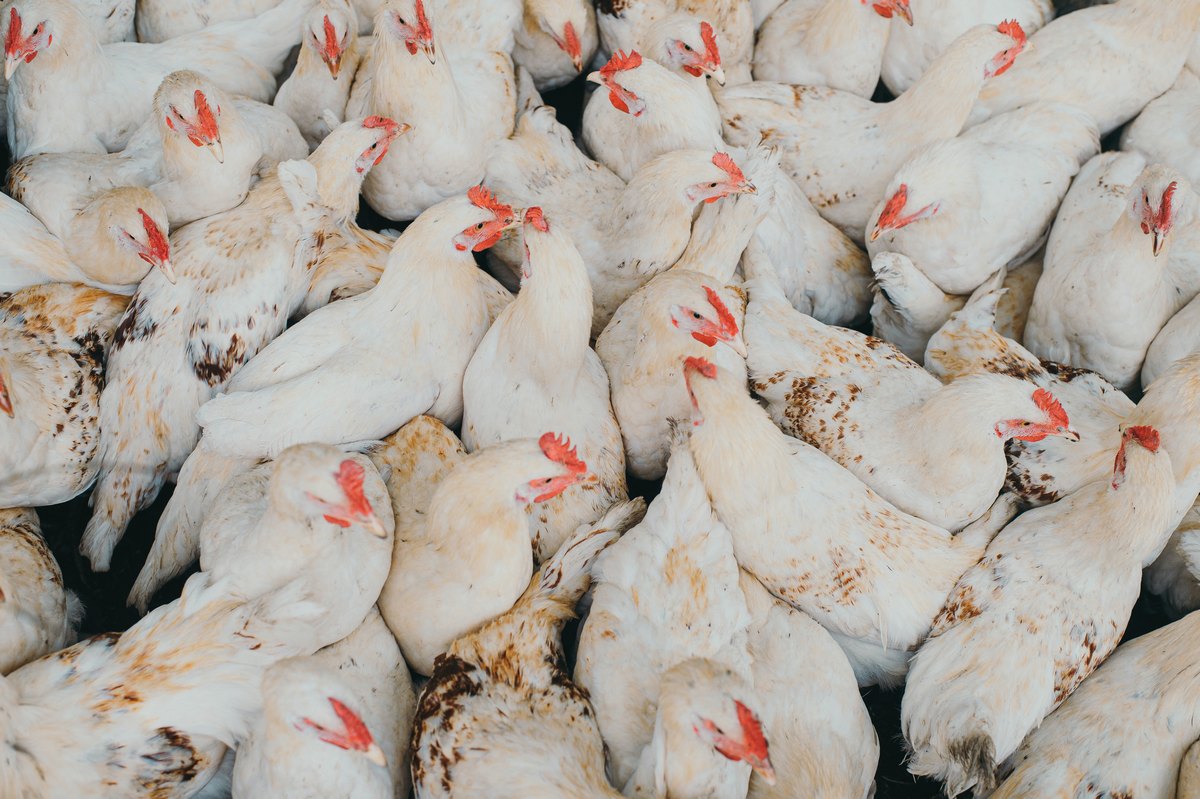
There are many factors that affect bird well-being - and consequently flock performance. Living space, litter disposal, lighting, temperature, air quality, ventilation, feed and water (availability, quality and quantity) are definitely the most relevant. Indeed, maintaining drinking water quality is essential for poultry health and plays a key role to achieve optimal flock performance. Underestimating the importance of a clean, safe water supply represents a huge risk for the health and performance of flocks, since contaminated water causes many issues. Unfortunately, the water in poultry suffers from a lack of microbiological quality monitoring. For heterotrophic bacteria in drinking water, WHO (World Health Organization) indicates a maximum permissible limit of 100 CFU/mL and, unfortunately, in farms this concentration is often higher.
Whether the drinking water is safe or unsafe for poultry is determined by the substances present in the liquid and their concentration. The EPA (Environmental Protection Agency) considers anything dissolved in water a contaminant, though low concentrations of some compounds may be useful for animals' nutrition. On the other hand, the presence of bacteria represents a real risk, since it can decrease the effectiveness of medications and vaccines dispensed through drinker lines, and it can result in poor feed conversion and increased mortality.
Nowadays, most of the poultry industry in the US adopts totally enclosed drinker systems, to reduce the risk of contamination. For this reason, the water system is considered safe and the control of the water quality is neglected. Minerals, bacteria, algae, yeasts and fungi may all be present in the water supply, without the grower's knowledge. This is the first mistake that causes microbiological proliferation.
Indeed, a poor poultry drinking water management allows bacteria to settle on surfaces and give rise to a microbial layer known as biofilm. A biofilm is defined as a community of bacteria enclosed in a self-produced matrix made of exopolymeric substances (EPS) and attached to a surface (of pipes, tanks, etc.). Within biofilm, bacterial cells are much more resistant against physical and chemical agents, because EPS form an external protective layer that shelter bacteria.
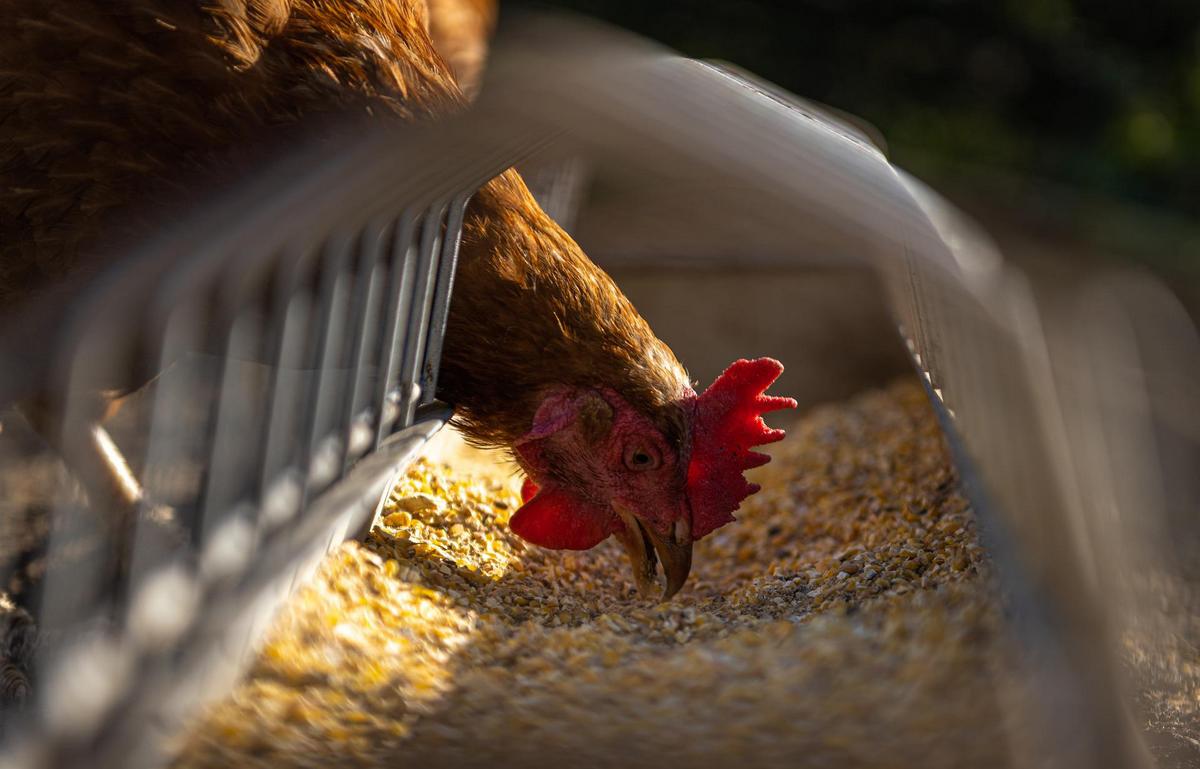
Unfortunately, biofilm growth in drinking water systems is very common, because the conditions are favorable - low flow rate, warm temperature, presence of bacteria and nutrients. Poultry growers often run additives (flavored gelatin mixes, powdered drink mixes, vitamins, electrolytes, sugar and stabilizers) that are a nutrient source for bacteria and promote biofilm growth. Moreover, drinking water is commonly used in poultry for medicine administration, because of practical reasons. Animals can be under dosed due to the capture and consumption of medicine particles by biofilm matrix and by bacteria themselves. This can lead to an increased risk for animal health and to the development of resistant strains.
Biofilm is also the perfect environment for pathogens, that inside biofilm find nutrients (carbohydrates, fats and proteins) and protection from external agents. It was observed that approximately 80% of bacterial infections are related to biofilm formation, because the polymeric structure provides a shelter against antibiotics and biocides.
Considering that harmful bacteria such as Legionella, Salmonella or Campylobacter represent a relevant problem for public health globally, it is of primary importance to maintain the food chain free from these pathogens. Since these microorganisms are able to persist through the whole food supply chain, thanks to their ability to form biofilms, it is crucial to better understand its mechanism of formation, growth and persistence, in order to prevent and eradicate it. The biofilm-forming capability of microorganisms depend on several factors such as growth conditions, contact surface and species or strain type. Both Salmonella and Campylobacter have the genetic machinery that is necessary for biofilm formation, related to their transcriptional programs, different from those of free-living planktonic bacteria of the same strain. These biochemical mechanisms are very complex and not fully understood yet, but several studies have been carried out on this topic. For example, recent researches pointed out biofilm production is a mechanism of survival for Campylobacter outside the host. Bacteria growing in a biofilm create a microaerobic atmosphere that allows them to survive until they can colonize a new host.
Poultry water sanitation
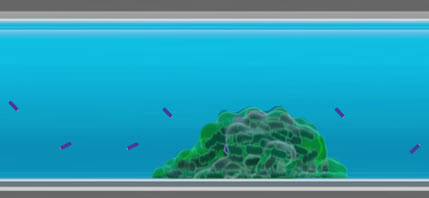
Biofilm on the internal surfaces of the pipes hosts more than 90% of the total number of bacteria, which are the most difficult to eradicate, especially if biofilm is mature (see Fig. on the right). Free-floating bacteria, the easiest to eliminate, are just the 10% and are the only bacteria detected by water sampling and lab analysis. Anyhow, sampling and lab analysis is expensive, time consuming and not reliable for branched and extensive drinking water systems such as those of poultry farms. The only way to keep biofilm growth under control is to use a specific sensor. In this perspective, ALVIM Technology allows to monitor biofilm formation in real time, with a distributed approach that can cover the whole drinking water system.
To effectively remove biofilm, it is necessary to regularly carry out a chemical treatment - and to prevent its reformation, again it is required to sanitize the water supply. Nevertheless, the disinfection of water and DWS with biocides, that is often performed between production batches, does not guarantee the complete elimination of all microorganisms. Indeed, these treatments are seldom optimized, and biocides are commonly dosed on calendar basis, without any real check on their effectiveness. A recent study pointed out that, despite regular disinfection with oxidizing agents, most sampled surfaces on the inside of the DWS of broiler houses showed high microbiological counts. Another study conducted on a poultry farm in Sao Paulo, Brazil, found that more than half of the swabs collected in the drinkers had bacterial contamination with biofilm-producing strains, despite the applied treatment (5 ppm of chlorine at 37 ℃C for 12 hours and 2% of chlorhexidine). The reasons why the treatment was not effective was the bad distribution of chemical from the injection point to the drinkers and the deficiency of disinfectant due to its reaction with organic matter. On the contrary, based on the indications provided by ALVIM Technology, where applied, it is possible to dose chlorine, or other sanitizers, as soon as biofilm starts to grow, maximizing the effectiveness of the biocide, and minimizing chemical consumption, costs, and toxicity on birds.
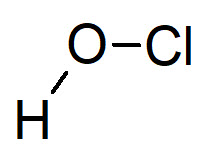
In poultry farms, the most commonly used biocide is hypochlorite, often as handcrafted bleach. It is important to maintain a free chlorine residue in water - it should be 3 to 5 ppm at the end of the line, for a sanitation program to be somehow effective. The total chlorine demand of an average poultry chiller can be really high - up to 400 ppm. There are two reasons for such a high concentration: the high organic load "consumes" chlorine, and pathogens may be protected by the high amount of fat and foam in the water. For these and other reasons, even a chlorine residue is not enough to guarantee the effectiveness of sanitation, as we discussed in another white paper.
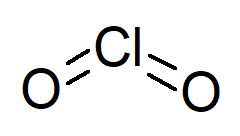
In recent years also chlorine dioxide (ClO2) gained popularity in poultry farms, because it is a proven, fast and broad spectrum disinfectant, effective at low dosing rate and over a wide range of pH. Despite ClO2 has a great oxidizing power, it is less corrosive than other chemicals and does not form toxic disinfection by-products such as trihalomethanes (THMs). Chlorine dioxide has a demonstrated efficacy in removing biofilm from water pipelines and it is suitable for drinking water systems, since it does not give odor or taste to the water. Another advantage of using ClO2 is the acute biocide action against Campylobacter, demonstrated by several studies.
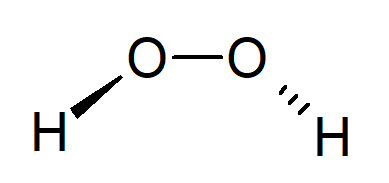
Another biocide used in poultry to sanitize drinking water system is H2O2 and its stabilized products. They are very strong oxidizing compounds, highly effective against biofilm but not user-friendly because hard to find and not easy to handle. It has been found that hydrogen peroxide 50% at a concentration of 35 mg/L had a lethal effect on indicator microorganisms like Escherichia coli (56.7%), Staphylococcus aureus (36.7%) and Salmonella spp. (26.7 %). The antimicrobial action seems to be linked to its ability to form reactive oxygen species such as the hydroxyl radical (OH⋅) and singlet oxygen (1O2), leading to damage of DNA and membrane constituents.
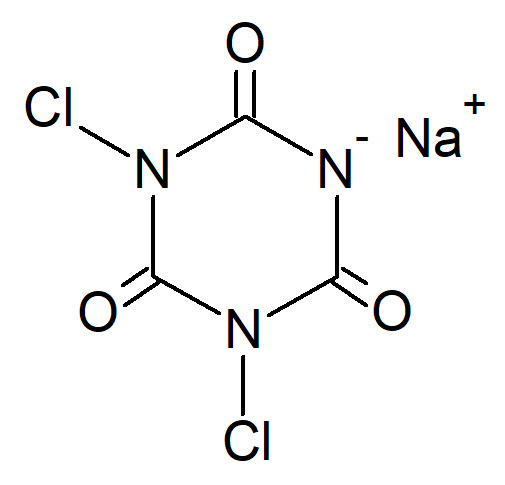
Also sodium dichloroisocyanurate (NaDCC),which contain active chlorine, is highly recommended as chemical disinfectant due to being effective, stable and easy to use in the tablet forms. In drinking water sanitation treatment, it is commonly applied at the concentration of 1.6 mg/L.
The use of organic acids in drinking water is also possible in pigs or poultry to suppress Salmonella, infection, also during particular periods as preslaughter, when susceptibility to infection with pathogens is likely to be increased. Acidifiers such as citric, acetic, and propionic acid and sodium bisulfate lower water pH and are effective sanitizers for water lines, but not strong enough to remove a biofilm already present in the system. A drawback in many drinking water systems is the corrosion caused on galvanized pipes and nipple drinkers.
Iodine has been used as a water line sanitizer as well as other solutions such as bromine, peroxyacetic acid and ozone. These products are strong oxidizers which kill bacteria and viruses efficiently, leaving the water safe to drink.
There are several other factors to keep in mind when considering a water line sanitation program in drinking water system, including:
- the source of water with the possible intrinsic bacterial contamination and the mineral content;
- the type of biocide, considering the disinfection by products (DBPs) that at the end of the pipeline arrive to animals;
- if additives run into the system, it is highly recommended to flush the water system immediately afterward, in order to eliminate residues that could be a nutrient source for bacteria and favor the development of biofilms;
- the pH value. For example, in the pH range 6.5 - 7.5 the equilibrium hypochlorous acid /hypochlorite is shifted toward the ClO- anion, up to 100 time less effective than its conjugated acid, so a biocidal treatment applied at this pH is not optimized. Moreover, high pH water tends to have a bitter taste that birds are able to recognize, and this may reduce consumption, while a pH below 5 may affect their intestinal health. The pH range 6.2-6.8 seems the best for the drinking water system.
Conclusions
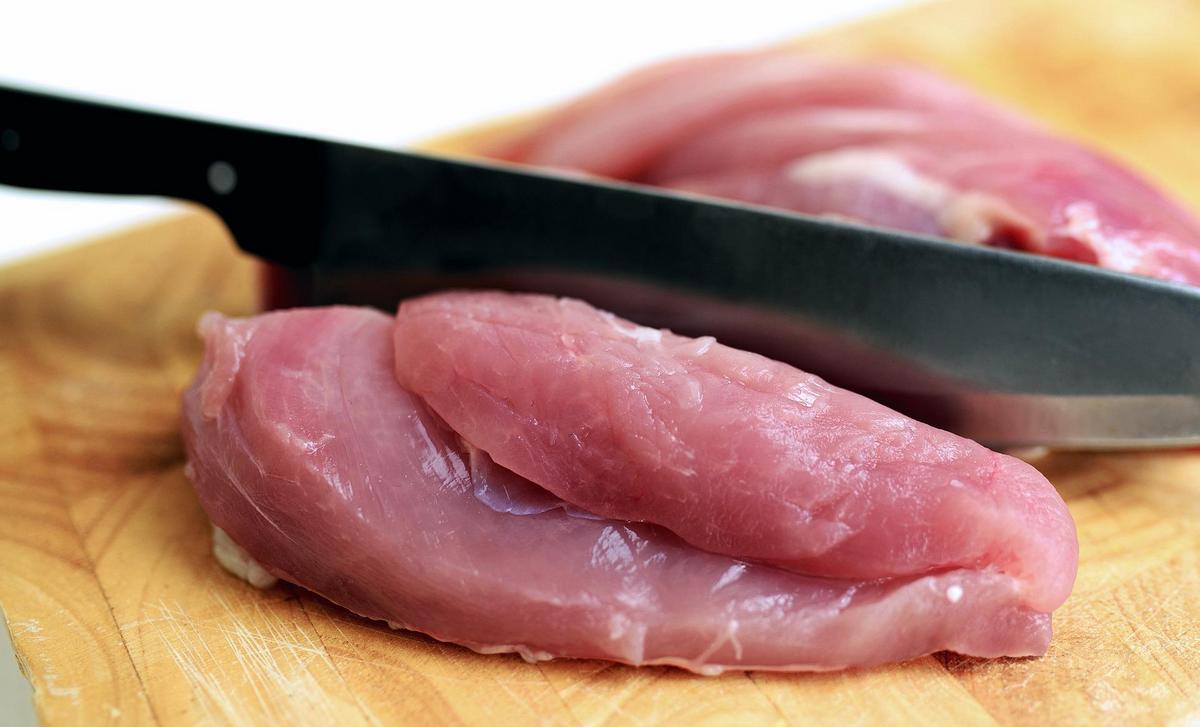
As we have seen, eggs and poultry meat that arrive to the final consumer have undergone several steps in which bacterial proliferation can occur. If poultry products are not correctly handled and cooked, the bacterial contamination can transfer to humans, causing serious problem for the public health. From the farm to the fork, the presence of microorganisms is ubiquitous - in the feedstuff, in the drinking water system, in every part of the hen-house and also in the food processing industry. The capability of bacteria to form biofilm makes the problem even worse because, within biofilm, pathogens are protected and more difficult to eradicate.
To face such a wide problem, it is evident that an overall approach must be adopted. There are several strategies that can be applied at different stages of the food supply chain, but certainly the presence of biofilm in DWS and in other parts of poultry farms and subsequent processing is an outstanding issue that shall be always considered.
Since it is impossible to prevent the formation of biofilm completely, its growth shall be monitored, to apply sanitation treatments as soon as possible - you cannot treat properly what you do not monitor.
To this aim, ALVIM developed its innovative Biofilm Monitoring Technology, based on more than 40 years of scientific research. ALVIM Sensors can be installed directly in the drinking water system, and they specifically detect the biological activity of bacterial biofilm, since its very first phase. This is important, because the sooner biofilm is treated, the easier it is removed. This kind of approach allows also for major savings, making possible to apply biocides only when really needed - reducing both the cost and the environmental impact of the treatment.
|
Do you have biofilm-related issues?
|





